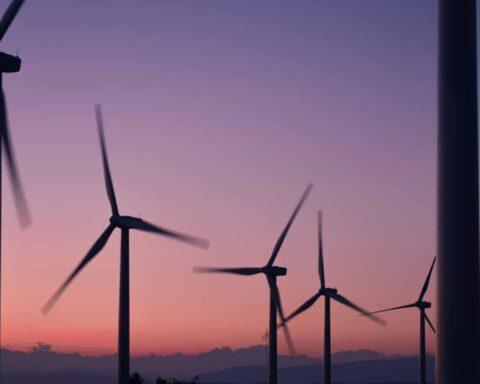During the pandemic, India’s solar business received a lot of help from the government
India’s total installed solar photovoltaic (PV) capacity was only 10 MW in 2010. By 2022, the country wants to have installed 100 GW of renewable energy. At first look, such a large undertaking may appear intimidating. Scaling up that much PV capacity would be a mammoth task even in the best of times. However, deeper examination reveals that the country’s energy ambitions may not be as improbable as they appear: India now receives an average of 4 to 7 kWh per square metre of solar radiation per day, equating to a clean energy potential of 5 quadrillion kWh per year.
The country has already established itself as a leader in solar development, having met its prior objective of 20 GW by 2022 – four years ahead of schedule. India, on the other hand, wants to use a variety of present and new technology to overcome pandemic-related issues. And, if successful, the country might serve as a model for others to follow. Large-scale solar facility management has always been a difficult task. Despite the fact that PV technology is durable in and of itself (it has no moving parts), there are millions of interconnected electrical components. The maintenance and repair requirements grow in tandem with the facility’s size. This is why having “boots on the ground” is frequently required. To monitor and service solar PV assets, you’ll require on-site experts. Similarly, survey teams must be physically present to undertake everything from geological investigations to environmental impact reports.
COVID-19, on the other hand, has made such access impossible, posing challenges for solar project developers and site managers in India and around the world. Faced with these obstacles, the solar industry is now looking into how digital tools might assist them in unlocking more of the sun’s potential, even with lockout limits in place.




























